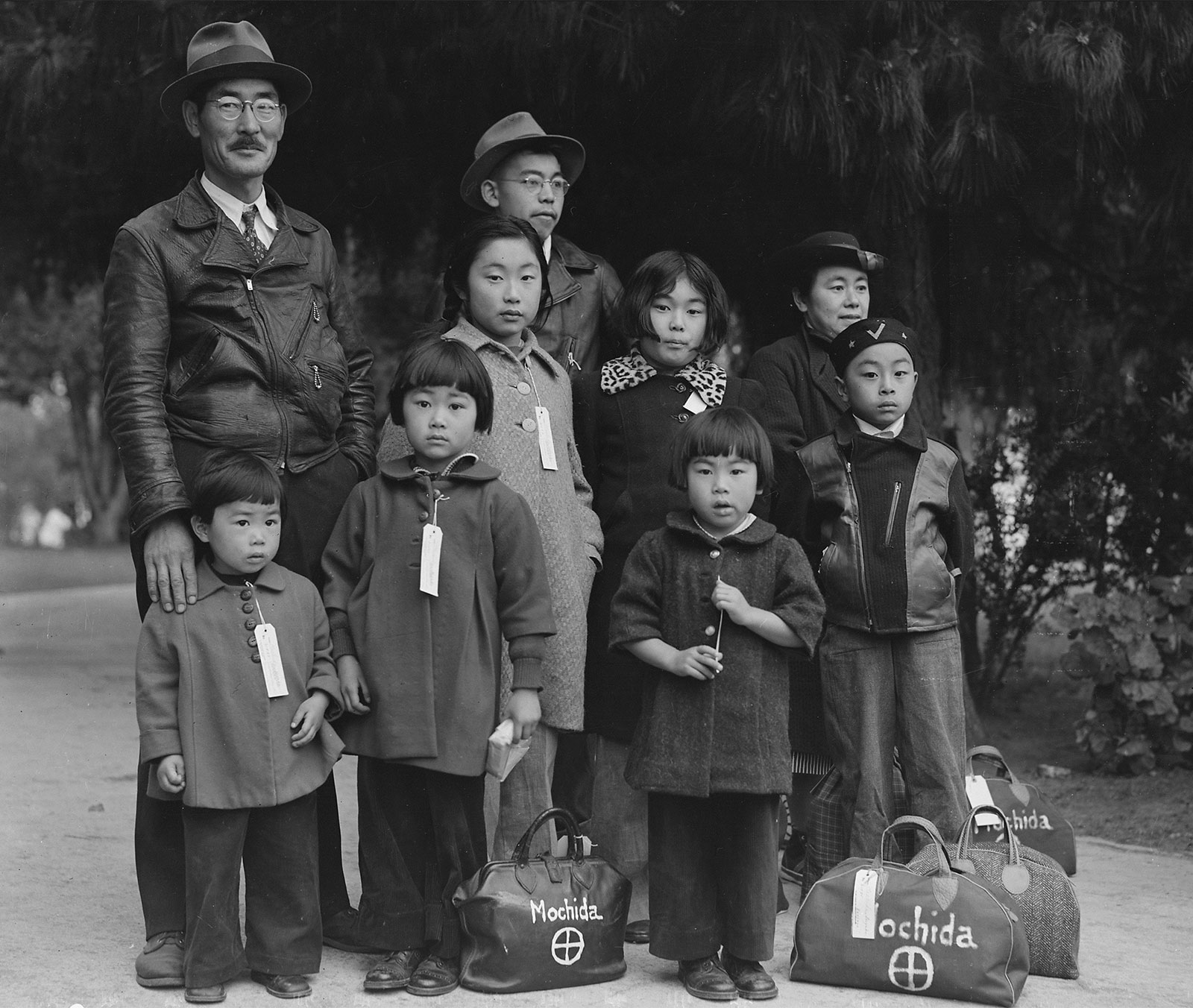February 19th is a significant date in American history. “On this day in 1942, President Franklin D. Roosevelt signed Executive Order 9066, which gave the U.S. Army the authority to remove civilians from the military zones established in Washington, Oregon, and California during WWII. This led to the forced removal and incarceration of some 120,000 Americans of Japanese ancestry living on the West Coast, who had to abandon their jobs, their homes, and their lives to be sent to one of ten concentration camps scattered in desolate, remote regions of the country."
Below we have books, articles, and other resources to learn more about this topic. This is not an exhaustive list, but just a few resources to get you started.
Articles
- IU expresses regret for WWII ban on Japanese Americans (Herald Times)
- The WWII Incarceration of Japanese Americans Stretched Beyond U.S. Borders by Erika Lee (Time)
- The Unlikely Story Behind Japanese Americans' Campaign For Reparations by Isabella Rosario (NPR)
- The Injustice of Japanese-American Internment Camps Resonates Strongly to This Day by T.A. Frail (Smithsonian Magazine)
Books
- The Long Afterlife of Nikkei Wartime Incarceration by Karen Inouye
- “This book explores how historical events can linger in individual and collective memory and then crystallize in powerful moments of political engagement. Drawing on interviews and untapped archival materials—regarding politicians Norman Mineta and Warren Furutani, sociologist Tamotsu Shibutani, and Canadian activists Art Miki and Mary Kitagawa, among others—Inouye considers the experiences of former wartime prisoners and their on-going involvement in large-scale educational and legislative efforts” (Stanford University Press).
- Farewell to Manzanar by James D. Houston and Jeanne Wakatsuki Houston
- World War II a community called Manzanar was created in the high mountain desert country of California. Its purpose was to house thousands of Japanese Americans. Among them was the Wakatsuki family, who were ordered to leave their fishing business in Long Beach and take with them only the belongings they could carry. Jeanne Wakatsuki Houston, who was seven years old when she arrived at Manzanar in 1942, recalls life in the camp through the eyes of the child she was” (Facing History).
- Only What We Could Carry by By Lawson Fusao Inada, Patricia Wakida, William Hohri
- “Through personal documents, art, and propaganda, Only What We Could Carry expresses through words, art, and haunting recollections, the fear, confusion and anger of the camp experience. The only anthology of its kind, Only What We Could Carry is an emotional and intellectual testament to the dignity, spirit and strength of the Japanese American internees. A project of the California Civil Liberties Public Education Program” (Heyday Books).
- Setsuko's Secret by Shirley Ann Higuchi
- “As children, Shirley Ann Higuchi and her brothers knew Heart Mountain only as the place their parents met, imagining it as a great Stardust Ballroom in rural Wyoming. As they grew older, they would come to recognize the name as a source of great sadness and shame for their older family members, part of the generation of Japanese Americans forced into the hastily built concentration camp in the aftermath of Executive Order 9066” (University of Wisconsin Press).
Digital Resources
Densho
Website made to preserve and share history of the WWII incarceration of Japanese Americans to promote equity and justice today.
Campu Podcast
“Densho’s new podcast, Campu, tells the story of Japanese American incarceration like you’ve never heard it before. Brother-sister duo Noah and Hana Maruyama weave together the voices of survivors to spin narratives out of the seemingly mundane things that gave shape to the incarceration experience: rocks, fences, food, paper. Follow along as they move far beyond the standard Japanese American incarceration 101 and into more intimate and lesser-known corners of this history” (Densho).
“Order 9066 chronicles the history of this incarceration through vivid, first-person accounts of those who lived through it. The series explores how this shocking violation of American democracy came to pass, and its legacy in the present. Sab Shimono and Pat Suzuki, veteran actors and stage performers who were both incarcerated at the Amache camp in Colorado, narrate the episodes” (AMP Reports).


